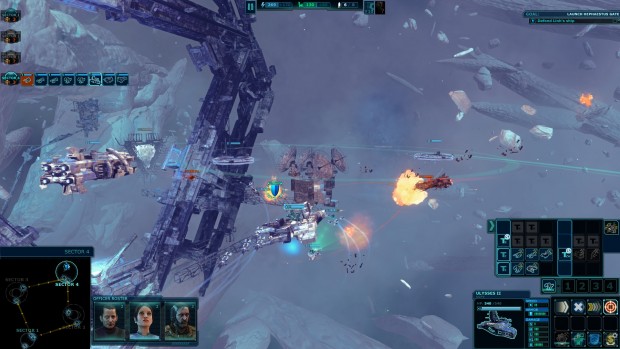

And imagine that on 1% of those planets, the life advances to an intelligent level like it did here on Earth. Let’s imagine that after billions of years in existence, 1% of Earth-like planets develop life (if that’s true, every grain of sand would represent one planet with life on it). Moving forward, we have no choice but to get completely speculative.

Think about that next time you’re on the beach. So there are 100 Earth-like planets for every grain of sand in the world. That suggests that there’s a potentially-habitable Earth-like planet orbiting at least 1% of the total stars in the universe-a total of 100 billion billion Earth-like planets. Some say it’s as high as 50%, but let’s go with the more conservative 22% that came out of a recent PNAS study. There’s also a debate over what percentage of those sun-like stars might be orbited by an Earth-like planet (one with similar temperature conditions that could have liquid water and potentially support life similar to that on Earth). Going with the most conservative side of that (5%), and the lower end for the number of total stars (10 22), gives us 500 quintillion, or 500 billion billion sun-like stars. The science world isn’t in total agreement about what percentage of those stars are “sun-like” (similar in size, temperature, and luminosity)-opinions typically range from 5% to 20%. All together, that comes out to the typically quoted range of between 10 22 and 10 24 total stars, which means that for every grain of sand on every beach on Earth, there are 10,000 stars out there. When confronted with the topic of stars and galaxies, a question that tantalizes most humans is, “Is there other intelligent life out there?” Let’s put some numbers to it-Īs many stars as there are in our galaxy (100 – 400 billion), there are roughly an equal number of galaxies in the observable universe-so for every star in the colossal Milky Way, there’s a whole galaxy out there. On the very best nights, we can see up to about 2,500 stars (roughly one hundred-millionth of the stars in our galaxy), and almost all of them are less than 1,000 light years away from us (or 1% of the diameter of the Milky Way). Physicist Enrico Fermi felt something too-”Where is everybody?”Ī really starry sky seems vast-but all we’re looking at is our very local neighborhood. Personally, I go for the old “existential meltdown followed by acting weird for the next half hour.” But everyone feels something. Some people stick with the traditional, feeling struck by the epic beauty or blown away by the insane scale of the universe. (Or see a preview.)Įveryone feels something when they’re in a really good starry place on a really good starry night and they look up and see this:
Ancient space paradox pdf#
Mission objectives are many, varying from exploration to stealth, from assault to defense, all played in real-time strategic gameplay.PDF: We made a fancy PDF of this post for printing and offline viewing.
Ancient space paradox upgrade#
Tasked with charting what lies beyond in ‘The Black Zone,’ players must carefully manage their resources to build and upgrade their fleets, and survive deadly strategic missions as they find their way through a rich and compelling story with an all-star cast of characters. Featuring deep strategic gameplay and starring a cast of fan-favorite sci-fi actors from film and television, Ancient Space will challenge gamers to navigate a suspenseful single-player story campaign as they guide their fleets beyond the edge of the known universe.Įxplore the mysteries of Ancient Space in a gameplay video with developer commentary, showcasing the game’s strategic resource management and ship navigation.Īncient Space is a single-player, real-time strategy title that puts the player in command of a fleet on the edge of the known universe. Ancient Space, a new real-time strategy (RTS) game from developer Creative Forge.


 0 kommentar(er)
0 kommentar(er)
